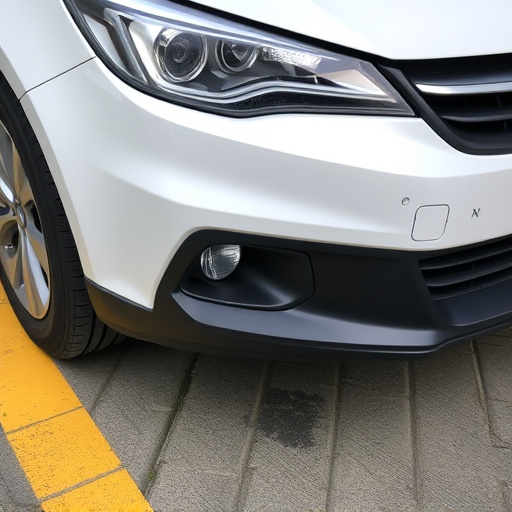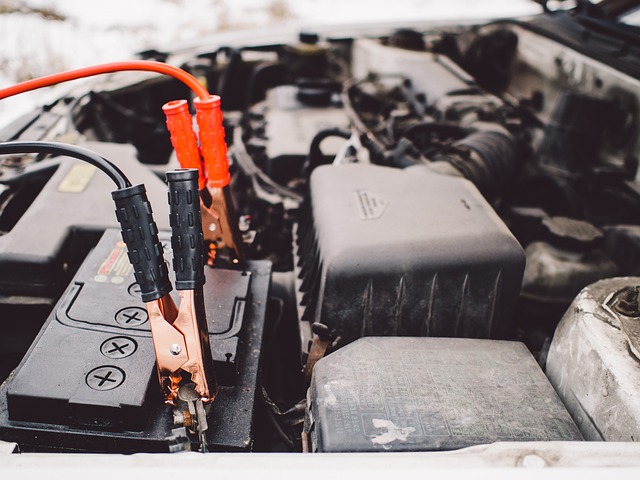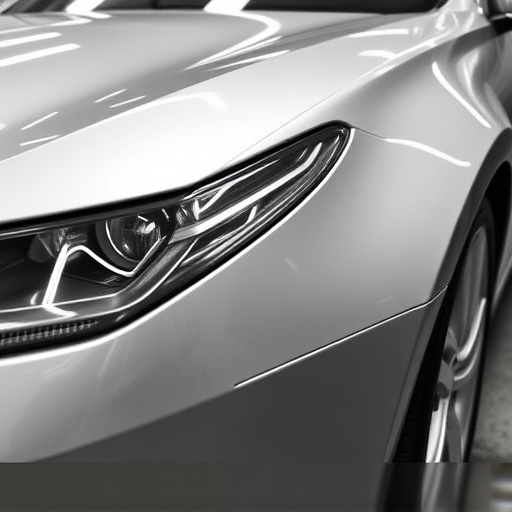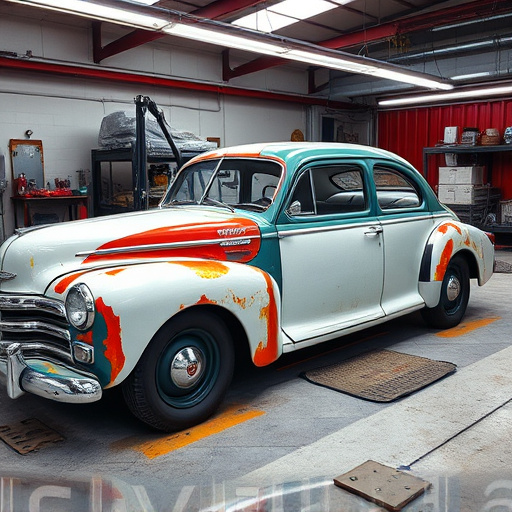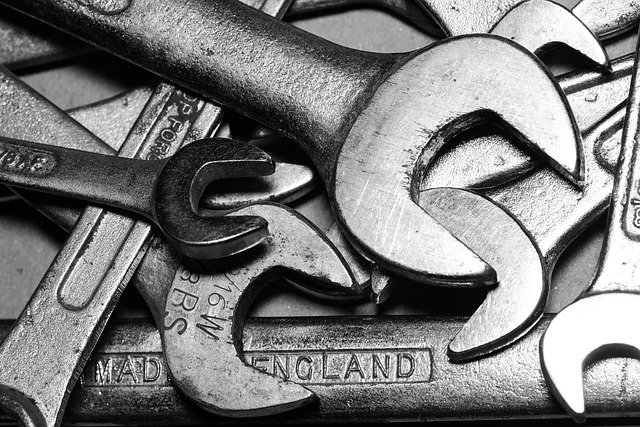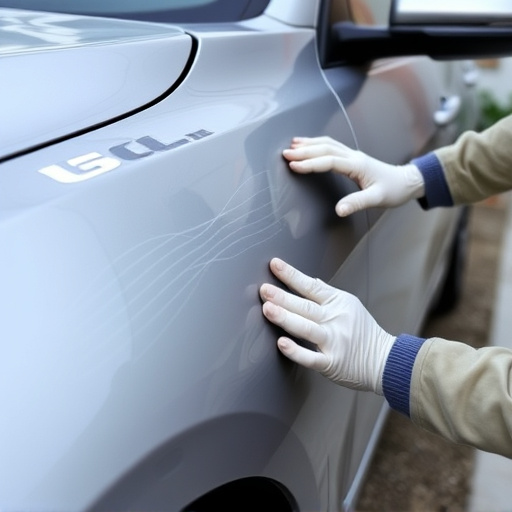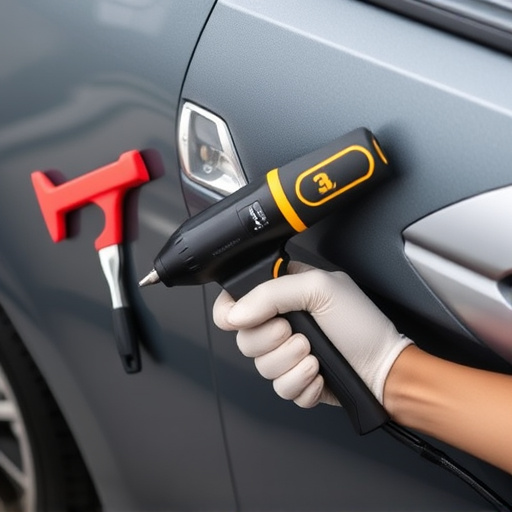Tesla collision repair involves certified technicians using OEM parts for comprehensive restoration. Damage assessment leads to repairs from dent removal to structural work, followed by advanced painting technology and quality checks. Repair time varies based on damage severity, weather, part availability, shop workload, and customer approval, with optimization of paint drying cycles reducing turnaround times significantly.
Tesla collision repair time frames can vary, but understanding the process and key factors involved can offer insights into potential timelines. This article delves into the intricacies of Tesla collision repair, focusing on how paint drying cycles significantly impact restoration speed. We explore the entire process, from initial assessment to final re-entry, highlighting crucial elements that influence repair duration. By optimizing these factors, shops can expedite repairs, ensuring Tesla owners get back on the road faster.
- Understanding Tesla Collision Repair Process
- Key Factors Influencing Repair Time
- Optimizing Paint Drying Cycles for Faster Restoration
Understanding Tesla Collision Repair Process
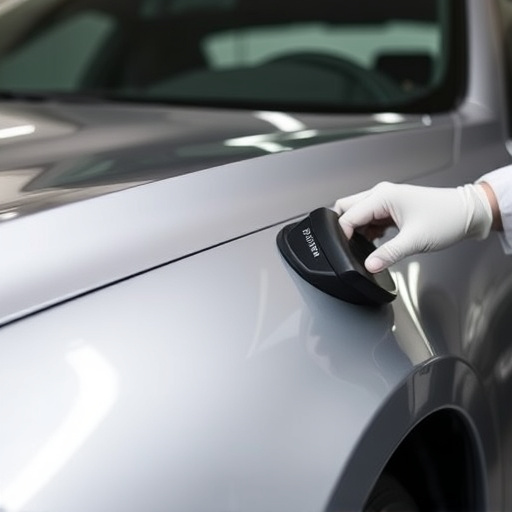
The Tesla collision repair process is a sophisticated procedure designed to ensure your vehicle returns to its pre-accident condition. It begins with a thorough inspection to assess the damage, which can vary from minor dents and scratches to more complex structural issues. Once the extent of the repairs is determined, certified Tesla technicians get to work using original equipment manufacturer (OEM) parts, specifically tailored for Tesla models. This attention to detail and use of genuine parts are key factors in maintaining the vehicle’s performance and aesthetics.
After the initial repair stage, the car undergoes a meticulous painting process, which includes several layers of paint and a precise drying cycle. These cycles, often involving advanced technology, ensure that the paint job is not only durable but also perfectly aligned with Tesla’s signature sleek design. Along with tire services and dent repair, as part of this comprehensive process, the vehicle goes through rigorous quality checks before it’s cleared for customer pickup.
Key Factors Influencing Repair Time
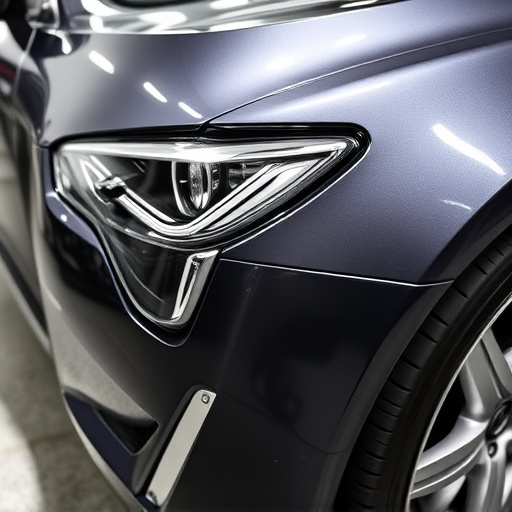
When it comes to Tesla collision repair time frames, several key factors play a significant role in determining how long it will take for your vehicle to be restored to its pre-accident condition. One of the primary influences is the extent of damage to both the structural components and the car paint services required. Complex repairs involving frame straightening and intricate car body restoration obviously demand more time than minor cosmetic touch-ups.
The weather conditions also significantly impact the Tesla collision repair process, especially during critical stages like the paint drying cycles. Humidity levels and temperature can affect the quality of the final finish, potentially adding a day or two to the overall repair time frame. Additionally, availability of replacement parts, shop workload, and customer approval processes contribute to the timeline, ensuring that every detail is addressed for a flawless car body restoration.
Optimizing Paint Drying Cycles for Faster Restoration
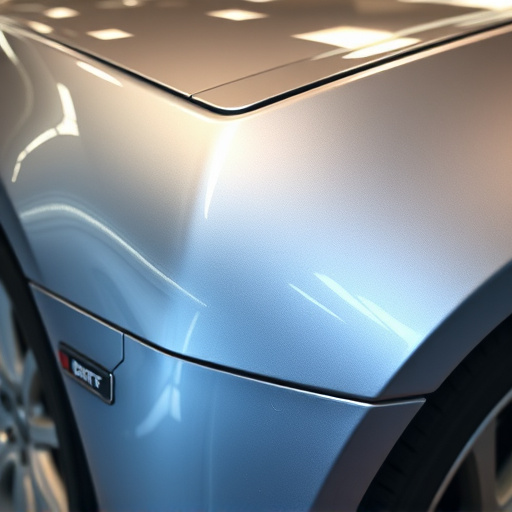
Optimizing paint drying cycles is a key strategy to expedite Tesla collision repair time frames. By understanding the specific requirements of Tesla vehicles and employing advanced drying technologies, auto collision centers can significantly reduce restoration times. This involves precise temperature control, efficient air circulation, and selecting the right coatings designed for rapid curing.
Effective collision repair services prioritize these optimized drying cycles, ensuring that paintwork is not just applied but also fully cured, resulting in a durable finish. This approach not only speeds up turnaround times but also enhances overall vehicle aesthetics, providing customers with their Tesla vehicles in a timely manner and to the highest quality standards.
Tesla collision repair time frames can vary, but by understanding the process and optimizing paint drying cycles, it’s possible to expedite restoration. Key factors like parts availability, severity of damage, and shop capacity significantly influence repair timelines. By implementing efficient practices, collision centers can deliver faster turnarounds, ensuring Tesla owners get their vehicles back sooner while maintaining high-quality standards in the process.

